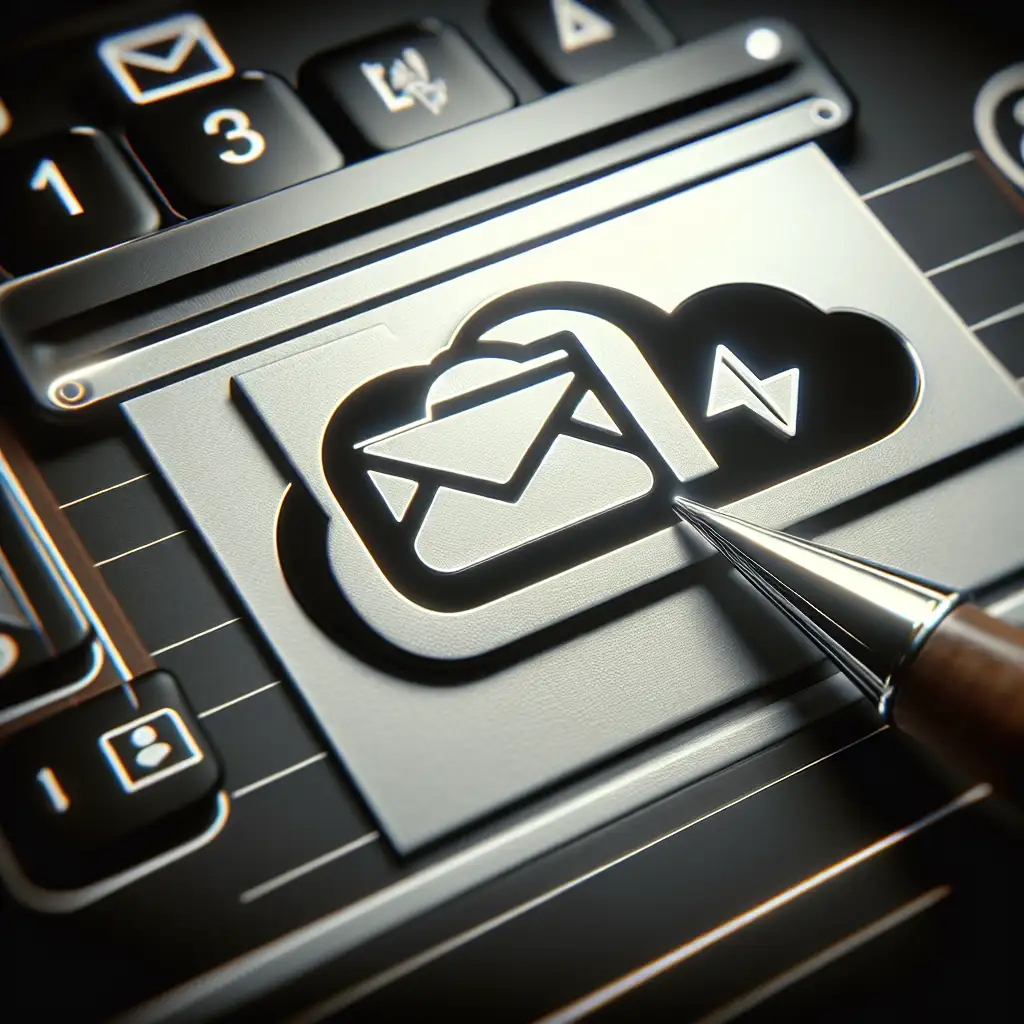Mastering Google Drive Integration in Gmail for Seamless Workflow Efficiency
Attachment management in email remains one of the more persistent bottlenecks in day-to-day knowledge work. Standard email attachments still present practical limitations—file size caps (~25MB in Gmail), redundant versioning, and no simple way to revoke access after the message is sent. Google Drive integration in Gmail eliminates most of these weak points, turning basic email into a live document portal.
Why Embed Drive Files Instead of Attaching?
- Version Control: Drive links always point to the current file, removing confusion as updates roll out.
- Security & Access: Permissions can be updated retroactively, unlike email attachments.
- Collaboration: Recipients comment or edit directly (if allowed), reducing redundant copies.
Note: For truly confidential files, always review who has access before sending a Drive link. Permissions sometimes inherit from a parent folder.
Engineering the Workflow: Attaching From Drive in Gmail
Baseline: Google Chrome (v123+) and Latest Gmail UI
1. Start with Compose
Open Gmail → Compose (shortcut c). The lower bar in the window includes the Drive icon (triangle: yellow, green, blue).
2. Access the Drive Insert Tool
- Click the Drive icon.
- A modal displays My Drive, Shared with me, and Shared drives tabs.
- Filter via the search bar at top, e.g.
project plan v2.
3. Select File(s) — Choose Attachment Mode
At the bottom:
- Drive link: Inserts as a URL, preserves live edits, enforces Drive permissions.
- Attachment: Embeds static copy of non-Google files (e.g., PDF, DOCX). Note: Native Google Docs, Sheets, Slides are always added as links—the attachment option is unavailable.
Example Table—Supported File Types
| File Type | Can Insert as Link? | Can Insert as Attachment? |
|---|---|---|
| Google Docs | Yes | No |
| Yes | Yes | |
| XLSX/CSV | Yes | Yes |
| ZIP | Yes | Yes |
Select, then click Insert.
Example: Distributing a Design Review Template
Suppose you need to share /Shared drives/Eng/DesignReviews/Template Q2 2024.gdoc with your team.
To: eng-team@company.com
Subject: [ACTION] New Design Review Template
Body:
Hi all — Please use the attached link for all Q2 reviews.
- Insert with “Drive link”. Gmail may prompt:
Recipients don't have access to "Template Q2 2024.gdoc". Send anyway or change permissions? - Select “Change permissions” > Viewer (unless direct editing needed).
- Send.
Gotcha: If your corporate workspace restricts external sharing, external recipients will hit a permissions error until IT whitelists their domain.
Inline Permission Management
When inserting Drive files, Gmail performs a permissions check at send time. Mismatches trigger a dialog:
Some recipients don’t have access. Adjust permissions?
[Share with recipients] [Send without sharing]
Options include Viewer, Commenter, Editor roles—mirroring Google Drive’s ACLs.
- Assign as restrictive as practical.
- Realistically, avoid blanket "Anyone with the link" permissions unless required by customer policy.
Known issue: If you later remove a user's Drive access, previous email links become dead ends. Communicate changes if the doc's availability evolves.
Less-Obvious Efficiency Gains
- Bulk Insert: Select multiple Drive files in the picker modal—saves multistep email threads.
- Search Precision: Use the modal’s search with full doc names or owner: queries.
- Drag-and-Drop: Chrome allows direct drag from Drive browser tab into Gmail compose.
- Preview: Hover any Drive link in your email draft to verify it resolves to the intended content.
Diagnostic: Failure Modes
If recipients report errors (e.g., "You need permission"), verify:
- Are source files in a restricted shared drive?
- Is the recipient inside your organization or external?
- Did you recently cut/paste a link—the Drive picker sets permissions automatically, but copy/paste does not.
Summary
Direct integration between Google Drive and Gmail speeds up information flow, enforces proper access, and trims the risk of shadow file versions. Bypassing raw attachments reduces post-send anxiety; permissions can always be patched or revoked.
Other workflows exist—some teams rely on shared Slack/Teams folders, or ephemeral SFTP links—but for organizations standardized on Google Workspace, Drive/Gmail is the path of least resistance.
Don’t treat Gmail as a file transfer tool—treat it as an indexed entry into your team’s knowledge base.
Questions on Google Workspace workflow quirks? Post specific scenarios or error logs. Usually, there’s a workaround—if not, there’s an admin setting to blame.
